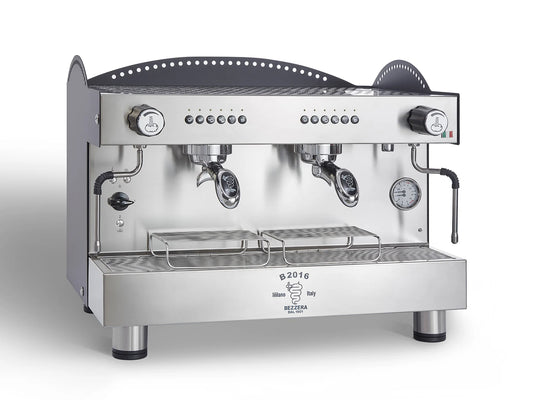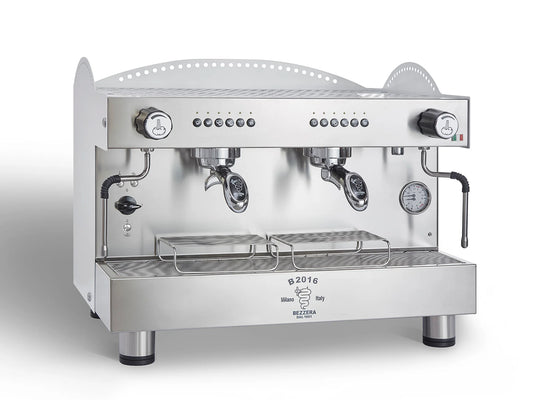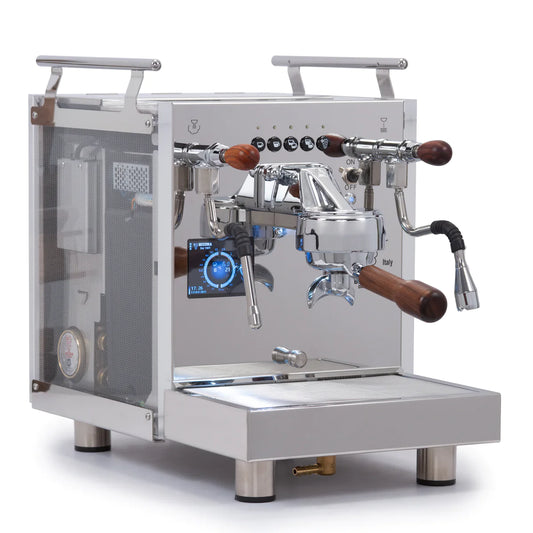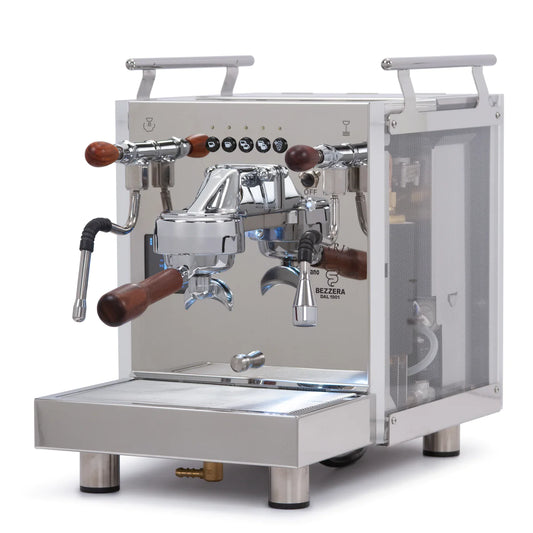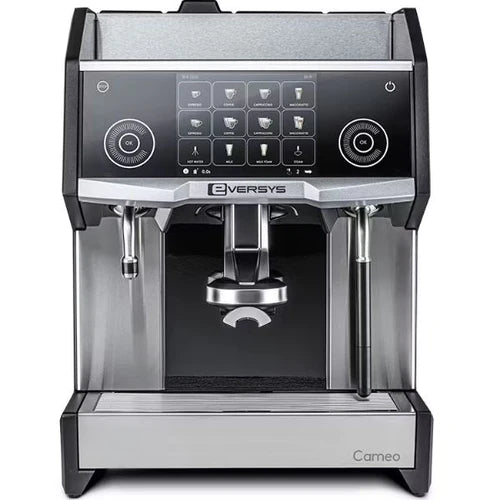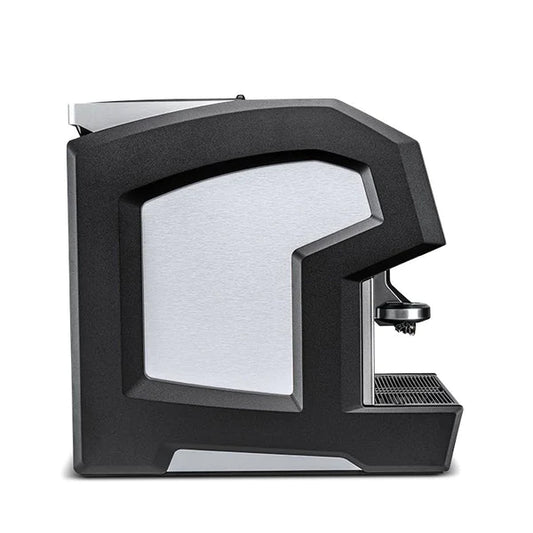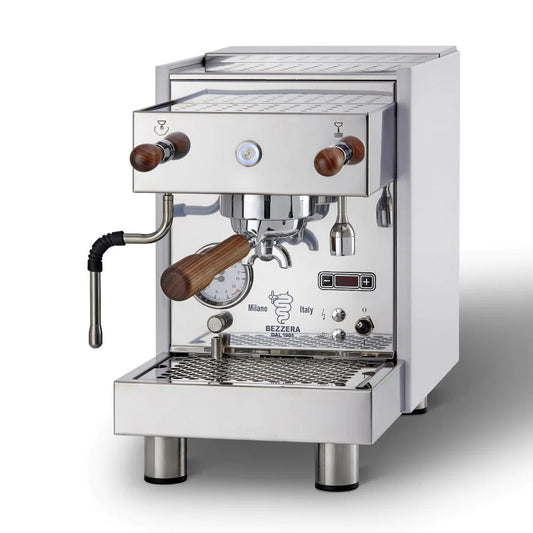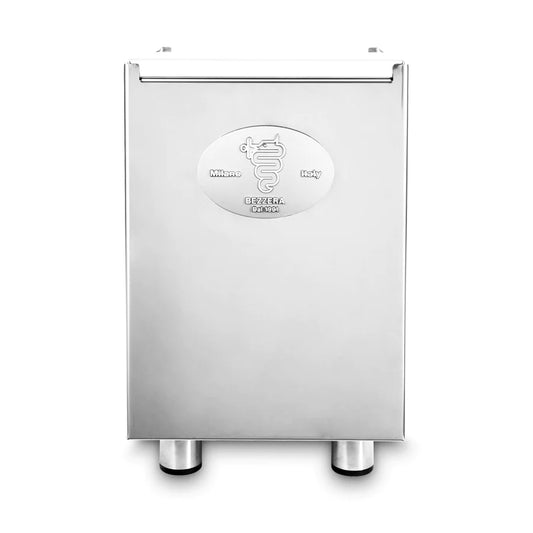Mastering Coffee Machine Maintenance: Your Guide to a Cleaner Brew
Table of Contents
- Key Highlights:
- Introduction
- Understanding the Importance of Cleaning Your Coffee Maker
- How Often Should You Clean Your Coffee Maker?
- Necessary Tools for Cleaning
- Step-By-Step Deep-Cleaning Guide for Drip Coffee Makers
- Cleaning Your Coffee Carafe: Five Effective Methods
- Descaling Your Keurig Coffee Maker
- Conclusion: Savoring the Benefits of a Clean Coffee Maker
Key Highlights:
- Regular cleaning of coffee makers significantly improves taste and hygiene, as coffee machine reservoirs often harbor more germs than bathroom fixtures.
- The use of distilled white vinegar not only cleans but also effectively addresses mineral buildup in machines.
- A streamlined schedule for maintaining both drip and single-serve coffee makers ensures longevity and quality of brews.
Introduction
The ritual of brewing a fresh cup of coffee represents a cherished start to many people's mornings, a small but significant pleasure that fuels their day. However, beneath the surface of this beloved activity lies a less savory reality—coffee makers are notoriously undercleaned, leading to all sorts of unpleasant consequences. According to a study by NSF International, the water reservoir of a coffee machine is among the top five germ-infested areas in the home. This alarming fact, coupled with the presence of mineral deposits, can lead to off-tasting coffee and a machine that doesn’t function at its best. Thus, engaging in regular coffee maker maintenance is not merely an option; it is an essential practice for any coffee aficionado. This guide will explore effective cleaning protocols, tools required, frequency guidelines, and techniques to ensure your brews taste their absolute best.
Understanding the Importance of Cleaning Your Coffee Maker
The buildup of mineral deposits, oily residues, and bacteria can severely diminish the quality of coffee produced by home machines. With each brew, these accumulated elements can lead to a muddy taste in your joe and potentially harmful bacteria exposure. The implementation of a thorough cleaning routine not only enhances the taste of your coffee but also extends the life of your coffee maker and ensures your beverage remains safe to consume.
How Often Should You Clean Your Coffee Maker?
The frequency of cleaning your coffee maker largely depends on how frequently you brew coffee. A dedicated coffee drinker using a drip or single-serve machine daily must adhere to particular cleaning timelines to create an optimal brewing experience.
Drip Coffee Maker Maintenance Routine
-
Daily: After each use, be sure to wash the filter basket, carafe, and any removable parts in warm, soapy water. Most thermal carafes should be hand washed to protect their finish.
-
Monthly: Conduct a deep clean to remove mineral buildup and prevent mold and bacteria from establishing a stronghold in your machine.
Keurig Machine Maintenance Routine
-
Weekly: Remove and clean all detachable components such as the K-cup holder, mug tray, and water reservoir using warm, soapy water.
-
Bimonthly: Descaling should be performed every two months, or whenever prompted by the machine’s descale light. This process prevents clogging and guarantees the machine's optimal functioning.
Necessary Tools for Cleaning
Having the right tools at hand makes the cleaning process straightforward and efficient. Here’s what you’ll typically need:
- Distilled white vinegar: A powerful natural cleaner that efficiently removes buildup.
- Water: For rinsing and diluting the vinegar.
- Carafe or mug: To catch the vinegar-water mixture during the cleaning process.
Step-By-Step Deep-Cleaning Guide for Drip Coffee Makers
To maximize performance and enhance flavor, a regular deep clean is critical. Follow these steps each month for superior maintenance of your drip coffee maker.
Step 1: Prepare the Cleaning Solution
Combine equal parts of distilled white vinegar and water. Pour the mixture into the coffee maker’s water chamber, ensuring it's ready for brewing.
Step 2: Start Brewing
With the brew basket and filter removed, activate the machine to start the brewing cycle.
Step 3: Pause for Effect
Midway through the brewing process, power down the coffee maker and allow the vinegar solution to sit in the machine for about an hour. This wait allows the vinegar to penetrate and loosen mineral deposits effectively.
Step 4: Finish Brewing
After an hour, turn the coffee maker back on to complete the brewing cycle.
Step 5: Rinse Thoroughly
Once the brewing cycle is complete, discard the vinegar solution. Rinse the water chamber and then run several cycles using fresh water until the odor of vinegar is no longer present.
Cleaning Your Coffee Carafe: Five Effective Methods
Following regular cleaning of the coffee maker, the carafe often requires attention due to staining and discoloration. Maintaining cleanliness here ensures a pleasant brewing presentation and flavor.
-
Vinegar and Baking Soda: Create a paste using equal parts baking soda and water to scrub the interior of the carafe, using vinegar to dissolve stubborn stains.
-
Lemon Juice and Salt: Combine salt, lemon juice, and crushed ice in the carafe. Swirl the mixture to allocate scrubbing power from the salt and acidity from the lemon.
-
Denture Tablets: Utilize denture cleaning tablets in warm water within the carafe. Wait about 15 minutes, scrub as needed, and rinse clean.
-
Dishwasher Detergent: For tougher stains, fill the carafe with boiling water, add dishwasher detergent, and let it sit overnight before rinsing thoroughly.
-
Commercial Coffee Cleaner: If stains persist, consider a commercial cleaning product, following the manufacturer’s instructions for best results.
Descaling Your Keurig Coffee Maker
While commercial descaling solutions exist, distilling white vinegar mixed with water is a cost-effective alternative for maintenance. Implement this method every two months or when prompted by the machine’s descale light.
Step 1: Prepare the Descaling Solution
Fill the reservoir with equal parts distilled white vinegar and water, using a mug to catch any liquid during the process.
Step 2: Activate the Brew Cycle
Run the brew cycle without a K-cup inserted. Repeat this process until the machine indicates a need for water.
Step 3: Final Rinse
After the descaling solution has been run through, empty and rinse the reservoir. Use fresh water to run several more cycles until the vinegar scent is replete.
Conclusion: Savoring the Benefits of a Clean Coffee Maker
Cleaning your coffee maker (whether a drip model or a single-serve system like Keurig) is not merely beneficial; it is essential for enjoying great tasting coffee. Maintaining hygiene in the coffee-making process helps prevent the buildup of harmful bacteria, enhances flavor, and prolongs the life of your machine. Employing distilled white vinegar and following structured cleaning routines mitigate both functional and aesthetic issues. By committing to regular maintenance, coffee lovers can ensure that their beloved daily ritual is as enjoyable, delicious, and health-conscious as it can be.
FAQ
Q: How do I know when my coffee maker needs cleaning? A: Signs include off-flavors in coffee, visible mineral buildup, slow brewing times, or if your machine has been inactive for a while.
Q: Can I use other types of vinegar for cleaning my coffee maker? A: While other types of vinegar may work, distilled white vinegar is most effective due to its acidity and lack of flavoring agents.
Q: How can I remove stubborn stains from my carafe that have been neglected? A: For stubborn stains, try the lemon juice and salt method, or consider using denture tablets for effective cleaning.
Q: Can I run the cleaning cycle with coffee grounds in the machine? A: No, remove any coffee grounds and filters before starting the cleaning cycle for optimal efficiency.
Q: How often should I replace my coffee maker? A: With proper maintenance, a good quality coffee maker can last several years. If you notice persistent issues despite regular cleaning, it may be time for a replacement.

